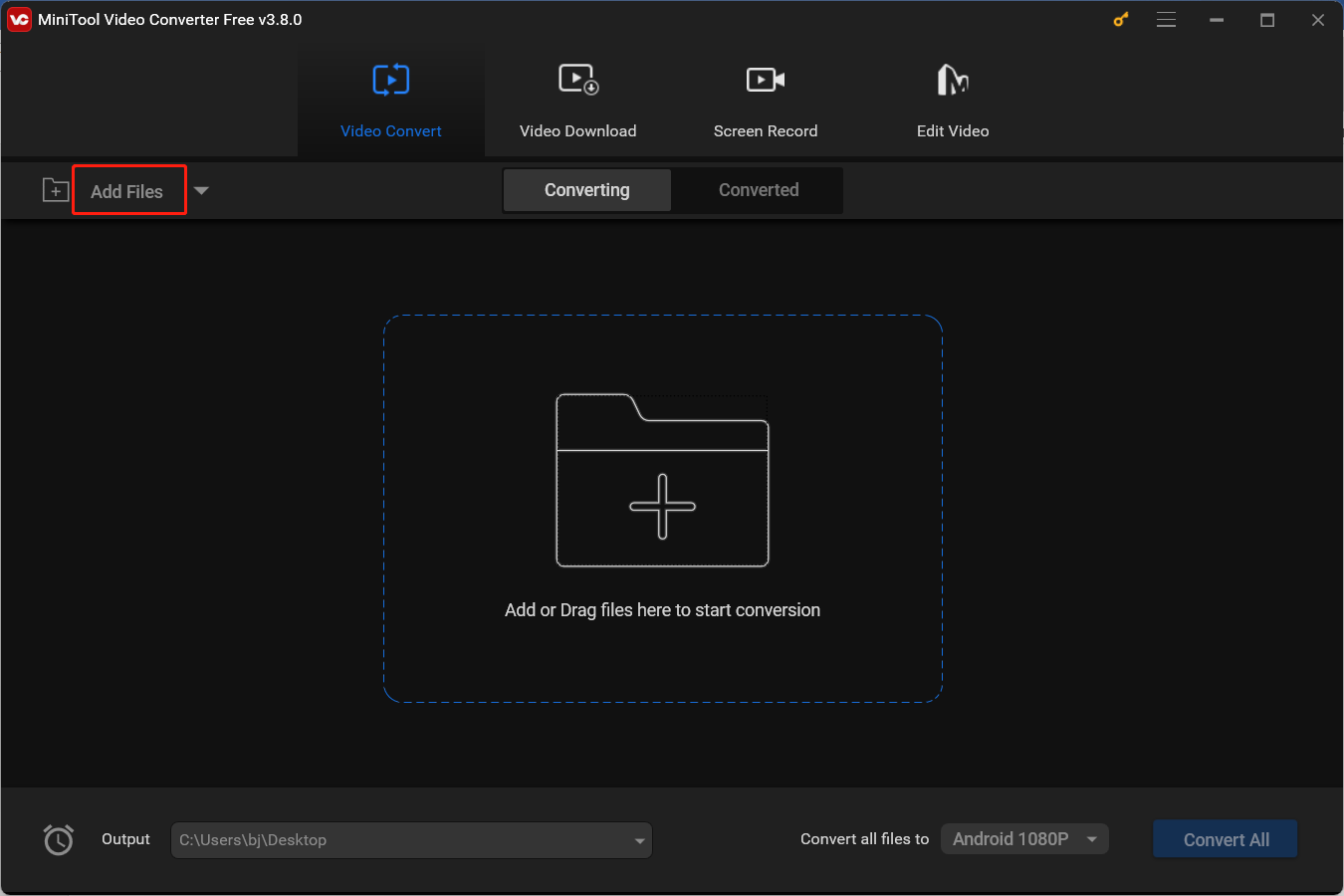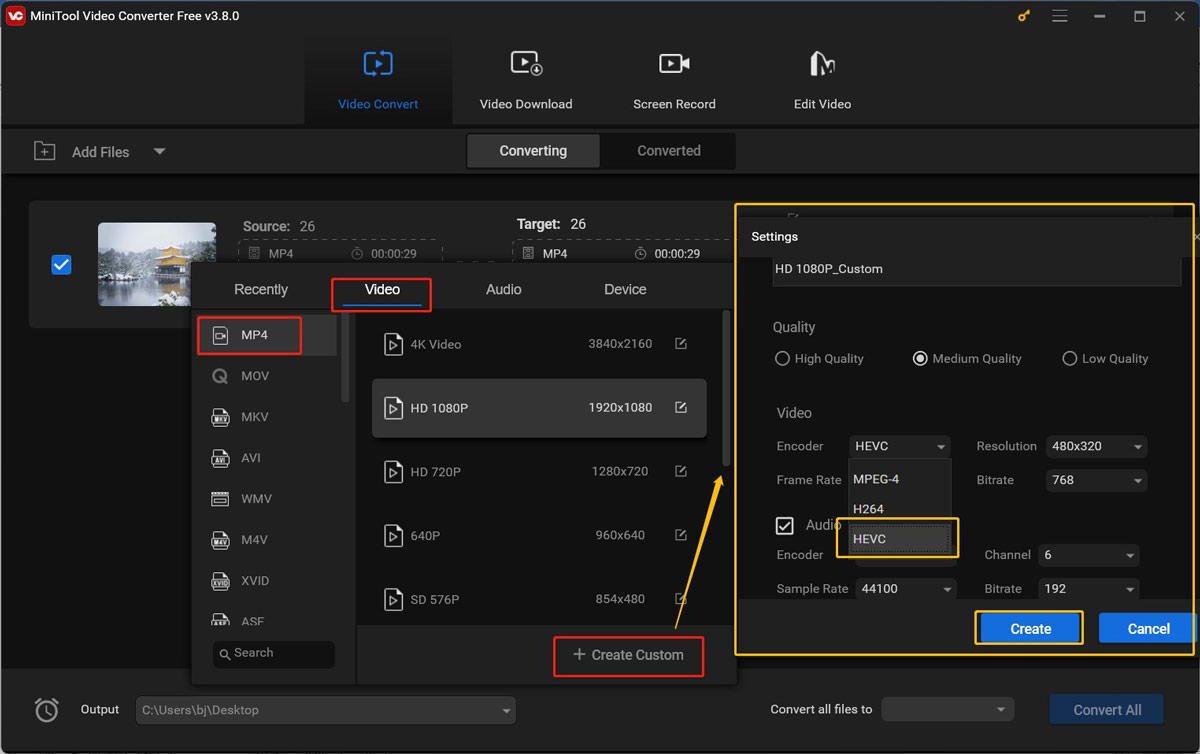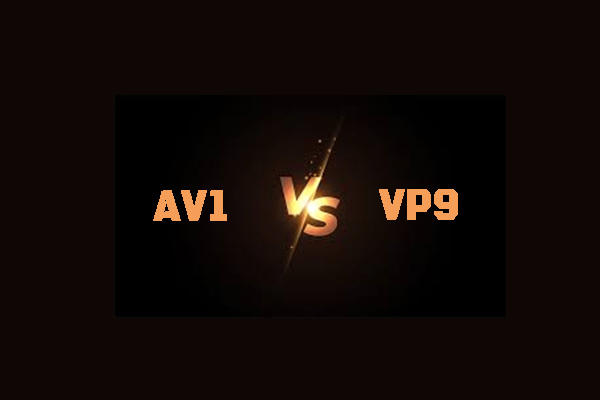What are the differences between VP9 and H265? Which codec should be your choice? In this free video converter post from MiniTool, we will present a side-by-side comparison of VP9 vs H265 to help you make the right choice.
A video codec, a software or hardware tool, can compress and decompress digital video to reduce file size or reconstruct the video for viewing. There are two types of compression, including lossy compression and lossless compression. H.264 (AVC), AV1, H.265 (HEVC), VP9, and VP8 are common video codecs. You need to choose different video codecs according to your needs (e.g. streaming, video editing, or video conferencing). In this post, we mainly discuss the comparison of VP9 vs H.265. Let’s get started.
What Are VP9 and H265
Before deploring the differences between VP9 and H.265, it is necessary to know what VP9 and H.265 are. VP9, developed by Google in 2013, is an open and royalty-free video coding format as the successor to VP8. It is used to compress video files to reduce their file size while maintaining high quality.
In addition, VP9 is a competitor to H.265, the successor video compression standard to H.264. Also, H.265 was first published in 2013. Compared to H.264, H.265 offers a 25% to 50% improvement in data compression with the same video quality.
Knowing only the definitions of VP9 and H.265 can be confusing. Read on below to learn the differences between VP9 and H.265. We will discuss their differences from 5 aspects.
VP9 vs H265: Compression Efficiency
Both VP9 and H265 do a great job of compressing video data. VP9 vs HEVC, whose compression efficiency is better? HEVC has the edge. From the definition of VP9, we know that it provides good compression efficiency to reduce file size without sacrificing video quality, especially at higher bitrates. H265 is the winner, with more efficient compression than VP9 and even higher quality video at a lower bitrate.
VP9 vs H265: Encoding Quality and Time
When choosing the codec, you’d better take the encoding time into consideration. Compared to their predecessors, like H.264, both VP9 and H265 have significant improvements. Generally, H.265 offers better encoding quality than VP9.
VP9 can perform well at higher bitrates with the help of proper hardware and software support. But VP9 only grabs 64×64 superblocks for low resolutions, which can result in lower encoding quality at low bitrates.
In comparison, H265 provides lower-resolution videos with superblocks (64×64, 32×32, and 16×16), which can maintain high video quality even at lower bitrates. Furthermore, in terms of the encoding time, H265 also outperforms VP9 owing to better hardware support.
VP9 vs H265: Hardware and Software Support
VP9 and H265 are widely supported by various software. Many web browsers and streaming platforms like YouTube support VP9. However, it has fewer hardware compatibility options. On the other hand, H265 or HEVC offers better hardware compatibility options. H265 is supported by not only video editors and media players but also other smartphones and devices, like 4K TVs and VOD media players.
VP9 vs H265: Licensing
When it comes to licensing and royalties, VP9 is the winner due to its royalty-free and open-source nature. You can use VP9 for completely free. In contrast, H.265 is a proprietary codec with licensing fees for commercial use.
VP9 vs H265: Pros and Cons
The last dimension of the comparison is their advantages and disadvantages, which can make you choose between VP9 and H265 more clearly.
Pros and Cons of VP9
Pros:
- It is an open-source and royalty-free codec that doesn’t require licensing fees.
- It is supported by most major web browsers, like Google Chrome and Firefox.
- It offers high compression efficiency.
Cons:
- It has less hardware support compared to H.265.
- Its encoding speed is slow.
- It is not natively supported on Apple devices.
Pros and Cons of H265
Pros:
- It provides significant compression efficiency.
- It can handle high-resolution videos, making it a choice for 4K and even 8K videos.
- It can maintain high video quality even at lower bitrates.
- It gets widespread hardware support, like TVs, smartphones, and streaming devices.
Cons:
- It is a proprietary codec that requires licensing fees.
Recommended Way to Encode Video to HEVC or VP9
In this part, we’d like to recommend an excellent video transcoder, called MiniTool Video Converter, which can help you encode a video to HEVC or VP9. It is a completely free file converter for video and audio files and supports converting to or from a wide range of formats and codecs, including but not limited to MP4, WebM, MKV, M4V, 3GP, MOV, MPEG, HEVC, AVC, VP9, VP8, etc.
What’s more, its batch file conversion feature can convert up to 5 files at the same time. With its intuitive and simple operation, you can easily master how to use it to convert or transcode videos. Here’s how:
1. Download, install, and run this free video converter.
MiniTool Video ConverterClick to Download100%Clean & Safe
2. Click Add Files to import the target video with the codec that you want to change.

3. Hit the diagonal arrow framed in the below screenshot to open the output format window and switch to the Video tab. Here, we take MP4 as an example. After selecting the MP4 option, click on + Create Custom to open the Settings popup. Open the encoder list and choose HEVC. Next, you can personalize other parameters and click Create.

4. Choose the newly created MP4 format with HEVC codec and click the Convert button to start converting VP9 to HEVC.
5. Once the conversion is over, go to the Converted subtab and click Show in folder to locate the video with the HEVC codec.
Wrapping Up
This post has shown you the comprehensive comparison of VP9 vs H265 to help you make a choice between them. Meanwhile, you can also use MiniTool Video Converter to reencode a video to HEVC or VP9 codec according to your needs.


![VP9 vs H264, Which Video Codec Is Better? [Full Comparison]](https://images.minitool.com/videoconvert.minitool.com/images/uploads/2024/11/vp9-vs-h264-thumbnail.jpg)


User Comments :